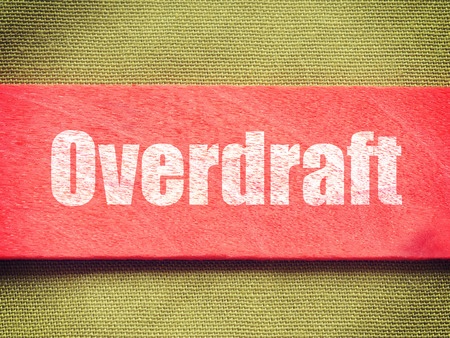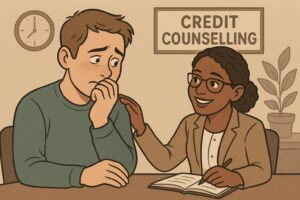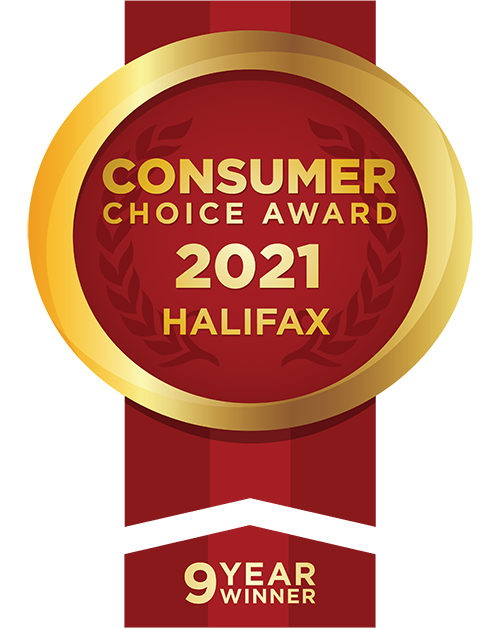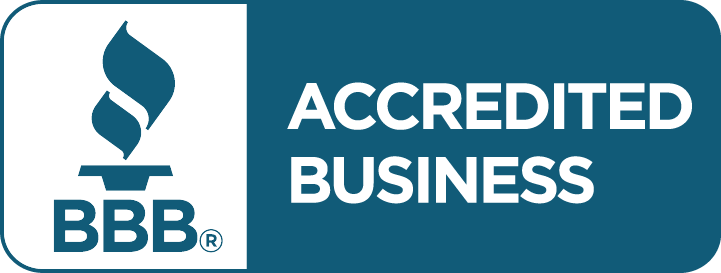An overdraft happens when there’s not enough money in your bank to cover a purchase. Overdraft protection is a feature on many bank accounts where if you make a purchase and there isn’t enough money to cover the cost, the bank will cover the remaining balance of the transaction when you go into overdraft.
For example, let’s say your bank balance is $20. If you go to a restaurant and buy a meal worth $40, and use your debit card to pay for it, you will not have enough money to pay for it. If you don’t have overdraft protection, you’ll get an ‘Insufficient funds’ error message when trying to pay your bill. However, if you do have overdraft protection, your bank will cover the extra $20 after the initial $20 is paid, therefore putting you into an overdraft of -$20.
There are two types of overdraft protection. The first is basic protection, as described above, is when the bank lends you money to cover the difference of your transaction. With this kind of overdraft protection, interest is typically charged and you also usually have to pay either a monthly fee or a per-use fee. Most banks charge a $5 fee plus 21% annual interest on the amount you borrow. It’s ideal to try and get out of overdraft as quickly as possible as to not rack up high interest fees. If you’re constantly in overdraft, it’s a sign you’re in financial trouble.
The other type of overdraft protection is where you link the account to another source of funds so that the difference is being paid by you instead of the bank. These sources could be a credit card, line of credit or another bank account.
Is it worth getting overdraft protection?
Overdraft protection can help you avoid declined transactions, late payment charges and non-sufficient funds (NSF) fees, which can cost upwards of $50 each. Overdraft protection can also be less expensive than some short-term credit options, such as payday loans.
However, some people can rely too much on overdraft protection. It can be dangerous to constantly be in overdraft as it usually means that you have an underlying debt issue or cash flow problem. If you’re constantly living in overdraft, you should consider contacting a credit counsellor who can help you review your budget and spending habits.
How to avoid overdrafts
While overdrafts can seem embarrassing, they can happen to anyone once in a while. The key is to not let overdrafts happen regularly. They can be avoided completely if you have a good budget and are aware of how much money is in your account.
Since most banks give you access to your account at any time through phone or internet, you can always double-check your current balance in real-time.
Oftentimes, overdrafts occur when someone creates automated bill payments or direct debits and forgets about these outgoing expenses. This is why you should create separate accounts in order to better organize your money.
Any type of transaction, whether it involves a cheque, debit card or automatic payment, can trigger an overdraft, depending on how your account is set up.
If you use automatic payments for services like utilities or your phone bill, make sure that when you plan your budget that there will be sufficient funds in your account at least the day before the transaction is scheduled to occur. Never assume that if you deposit the money on the transaction date that your account will be covered. If you have no way of depositing the sufficient funds on time into your checking account, then see if you can postpone the payment.
Alternatives to overdraft protection
There are sensible alternatives to overdraft protection so that you don’t have to throw money away on fees each month. Check with your bank to find out about the various types of overdraft plans. If none of them suit your needs, then start researching other banks.
For more information about budgeting your money wisely and avoiding overdraft charges, get in touch with the team at Credit Counselling Services of Atlantic Canada today.
If you’ve accumulated debt that is starting to get out of control, consider turning to certified credit counsellors who can steer you back toward financial stability. One of the things you will learn is how to manage your money carefully so that you don’t spend more money than what is in your bank account. Understanding overdraft protection and its alternatives will help you avoid spending more than what you have. Contact us for a free consultation today.











